Discussing the challenge of coming up with new material, "Seinfeld explained his method for success: each January, he hangs a large Year-At-A-Glance calendar on his wall. For every day he wrote new material, he had the exquisite pleasure that can only come from drawing a big red "X" over that day."
0 Comments
Some other planner systems that might appeal to you are the Passion Planner and Planner Pads. We won't be talking about them specifically but you can click through to the links to learn more.
What an eye-opening statement from Angel Borja, established scientist, and experienced reviewer and editor.
In this post, we'll summarize some key writing tips aimed at strengthening your argument. We'll also think about what peer reviewers and editors are looking for in a submitted manuscript. All of these tips build strongly upon what we've discussed in the #EpiWritingChallenge so far - keeping it simple, writing clearly, getting to the point, etc. With that being said, I'll get to the point.
Take the guesswork out of your head and speak aloud, and typing as you speak.
If this feels silly, or if you’re feeling overly influenced by seeing your text on the screen, then cover the screen and type blindly.
On Day 3 of the challenge (Read Before You Write), we talked about reading before you write. Many of the #EpiWritingChallenge participants were excited that reading counts as writing and they shared tips on how you stay on top of your reading piles.
Dr. Bill Miller pointed out the flip-side of challenging reads: it's not that the content is necessarily complicated, but that it is likely poorly written.
Is that how you feel, too? Or do you start with an outline every time you write?
No matter which camp you're in - or even if you're straddling both sides - let's go through the basics of using an outline to plan your writing so you can make an educated decision.
By the way, if you haven't jumped on the Grammarly train yet, you're really missing out. The plug-in is easy to use, and not-in-the-way. It's helped me improved my writing on every platform I type on (which is all of them).
Check it out here and at @Grammarly on Twitter.
Never stop learning, never stop reading.
Today we're talking about scheduling time for writing and making space for writing - both to improve productivity and to create a new habit. Let's jump in.
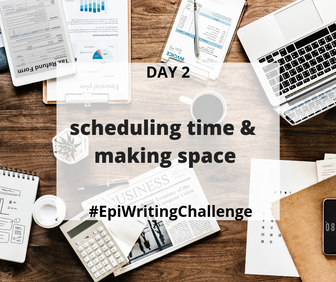
Creating a new habit takes time, and with something like writing, it’s particularly effective to take advantage of your most productive time of day.
We often kickstart our mornings by checking our emails (here’s 7 reasons why you shouldn’t start your day with that) but if you’re a morning person, blocking off time to write would be better use of your time.
Goals for writing challenges often fall in one of several types:
You may have an overall objective of finishing your dissertation, or a large project, or making time in your daily schedule to improve your writing. All of these can be broken down into SMART goals. The first #EpiWritingChallenge occurred in November 2018. All 20 days are documented here as blog posts, and have been edited to be applicable beyond the challenge. Learn more about the #EpiWritingChallenge here.
We heard from Bill Miller, Editor-in-Chief of STD Journal, and Associated Editor at Epidemiology, Tim Lash, Editor-in-Chief of Epidemiology, Andy Olshan, Editor-in-Chief of Current Epidemiology Reports, Petra Wark, Associate Editor at Nutrition Journal, Justin Lessler, Associated Editor at American Journal of Epidemiology, Nicola Low, Deputy Editor at STI BMJ and Specialty Consulting Editor at PLOS Med, and Emily DeVoto, Deputy Editor at Epidemiology.
One of my favorite parts of being part of a professional Twitter community like #EpiTwitter is how it brings together all the ranks – from students to trainees to early career professors and the highest and mightiest. This #AskTheEditor event was a prime example. Bill Miller, the chair of the Epidemiology Department at the Ohio State University proposed the idea, and I eagerly jumped on board. We rounded up some great editors and had people tweet us their questions.
I’ve summarized the great questions and answers exchanged during the course of the day, and categorized them generally below. Be sure to bookmark this page, and feel free to share with colleagues.
Forever on the go, the topic of burnout has hit headlines for many professions. From doctors working 36 hour shifts to businessmen with a cellphone glued to their ear, no group is immune.
They say list off all the things you'd like to prioritize in your life - fitness, friends, family, sleep, work - and then pick 2. With a lifestyle like that, seeing articles headlining "How to Actively Invest Your Money" and "3 Easy Steps to Get Fit" probably fall on deaf ears, on the couch, exhausted after a very long day at work. We all go through cycles. like New Years resolutions, when we try to boost our productivity, even in our down hours. As we work all day and night, we work ourselves on a fast track to burnout. Exhaustion, nervous break downs, and an overall reduction in productivity and even work means lost income - the very opposite of what we're all trying do. (Make money). This post is about maximizing your earnings without contributing to burnout - how? By spending 1 hour of your day focused on it. Let's get started. |
popular postsLike what you read?
categories
All
archives
July 2024
This website uses marketing and tracking technologies. Opting out of this will opt you out of all cookies, except for those needed to run the website. Note that some products may not work as well without tracking cookies. Opt Out of Cookies |
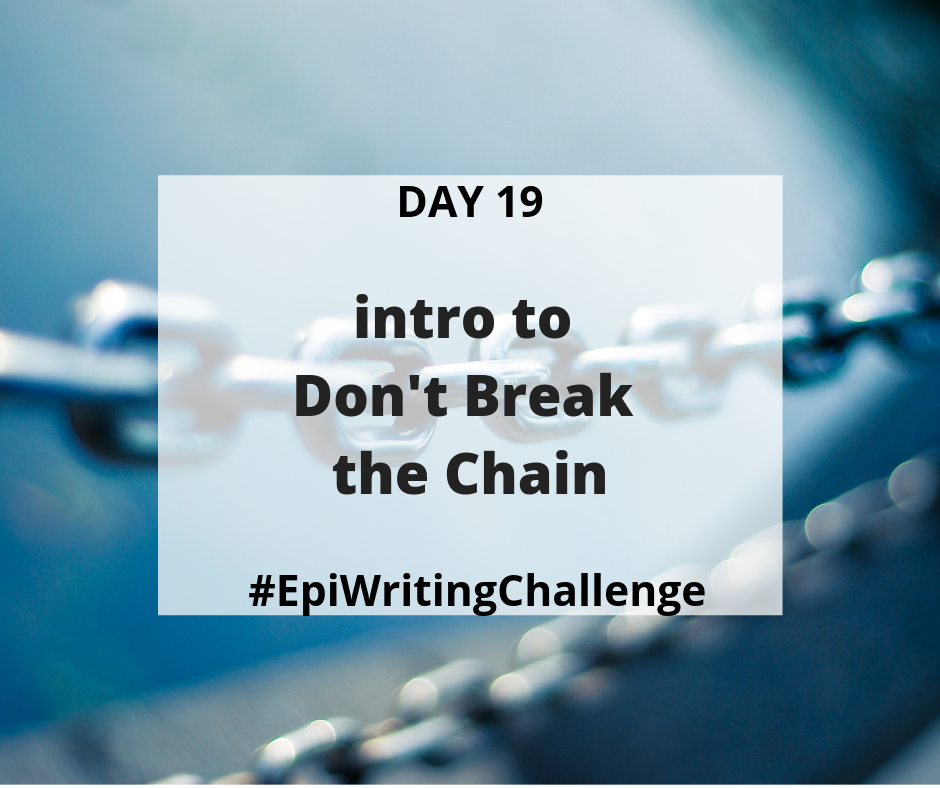
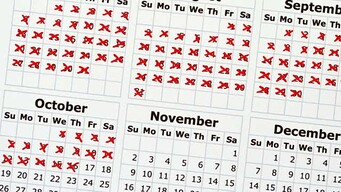
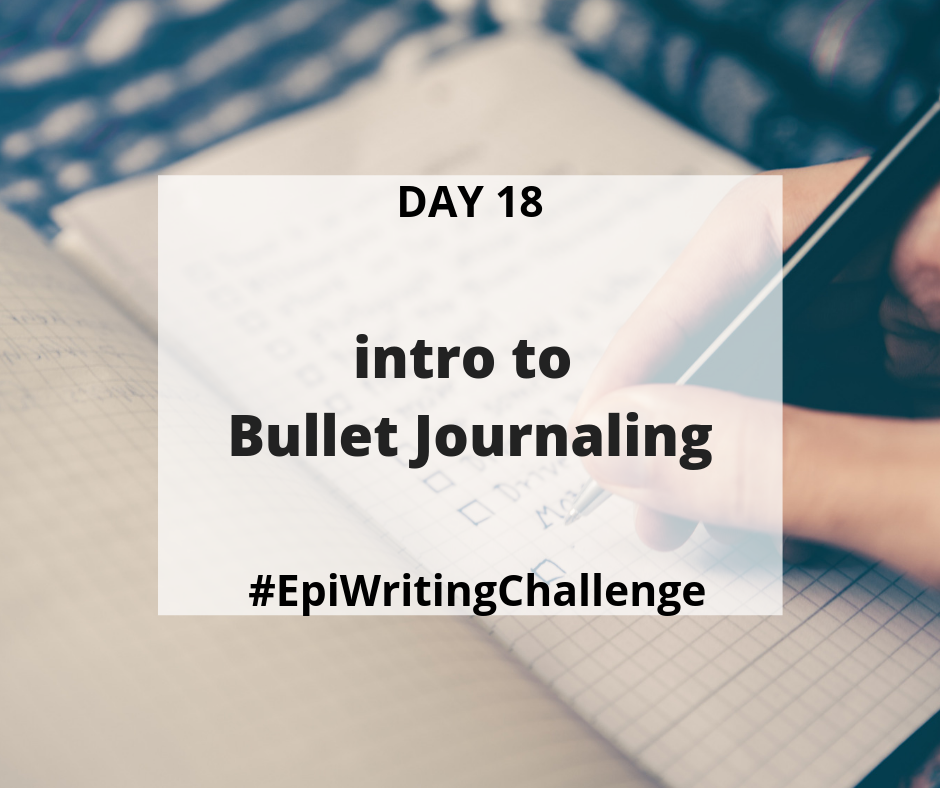
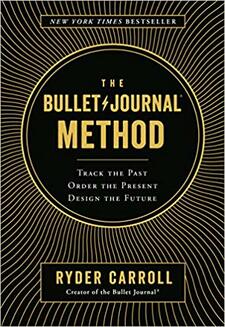
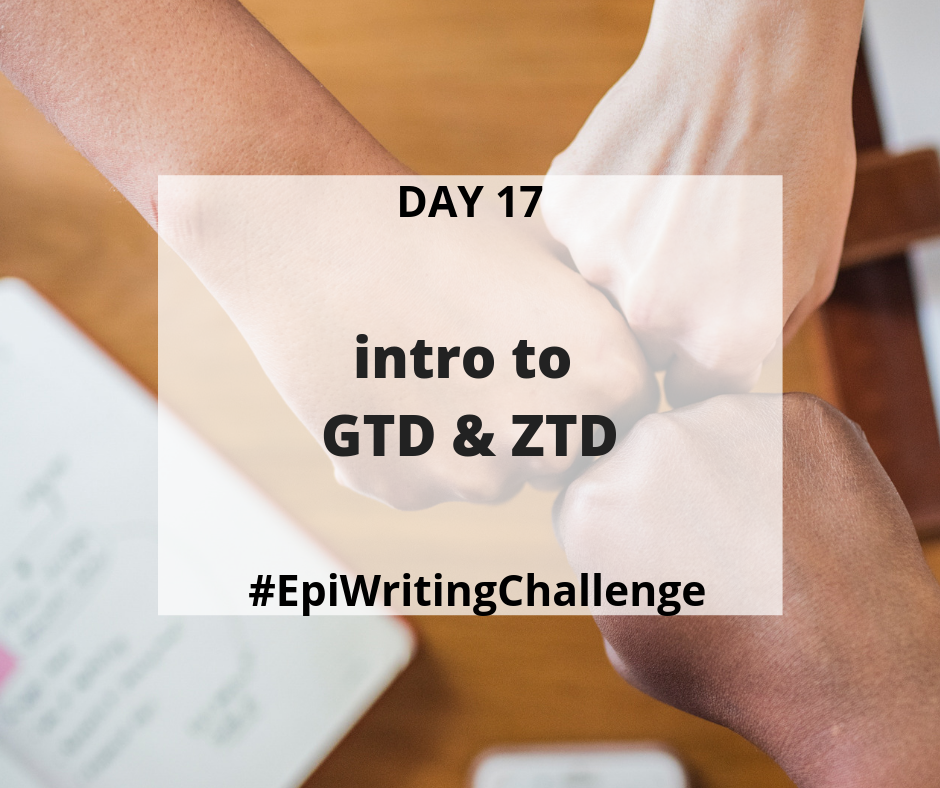
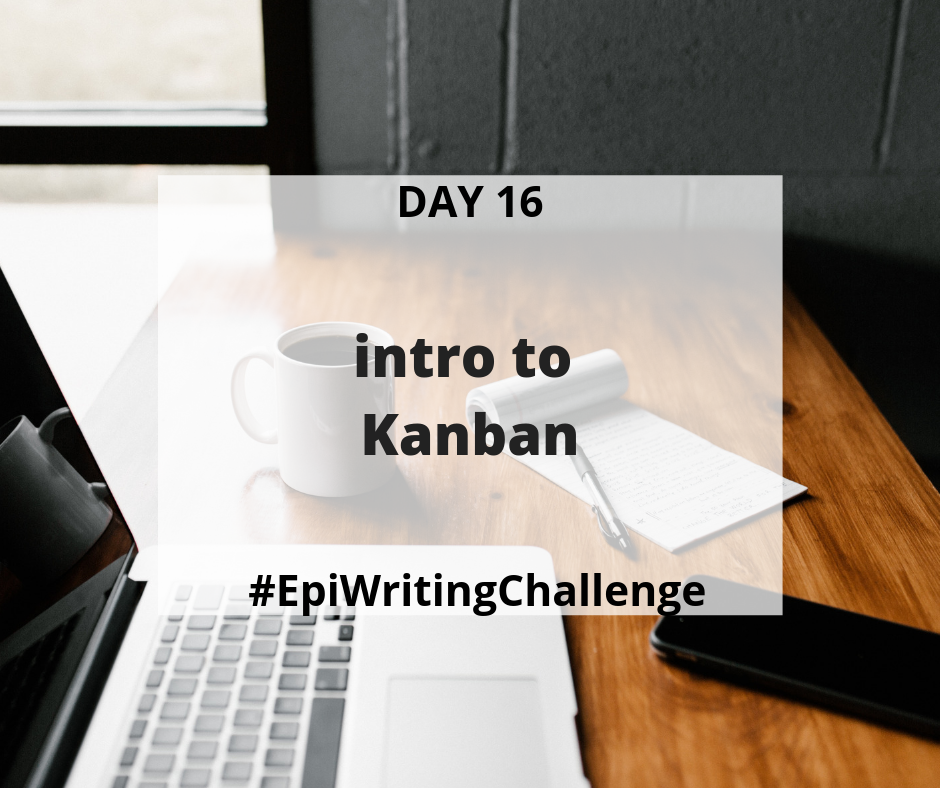
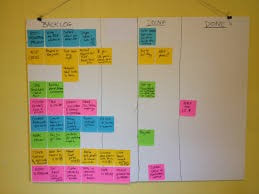
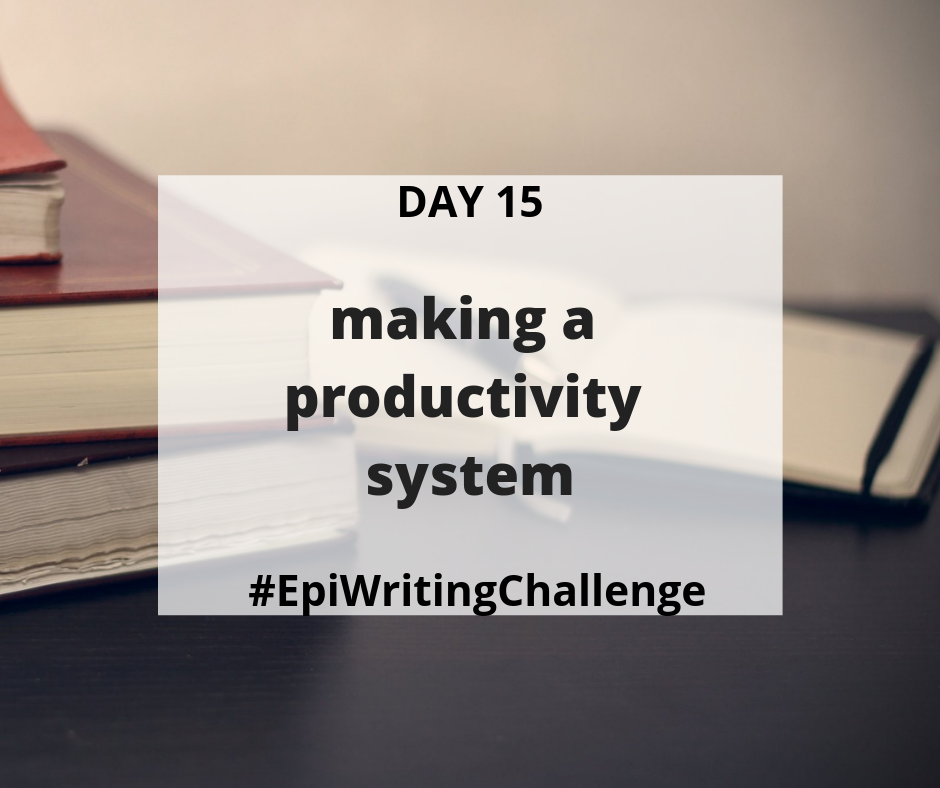
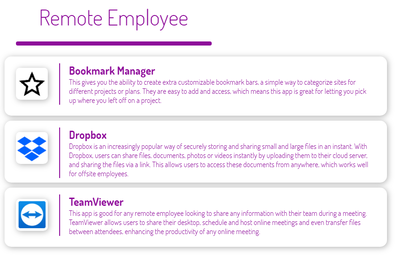
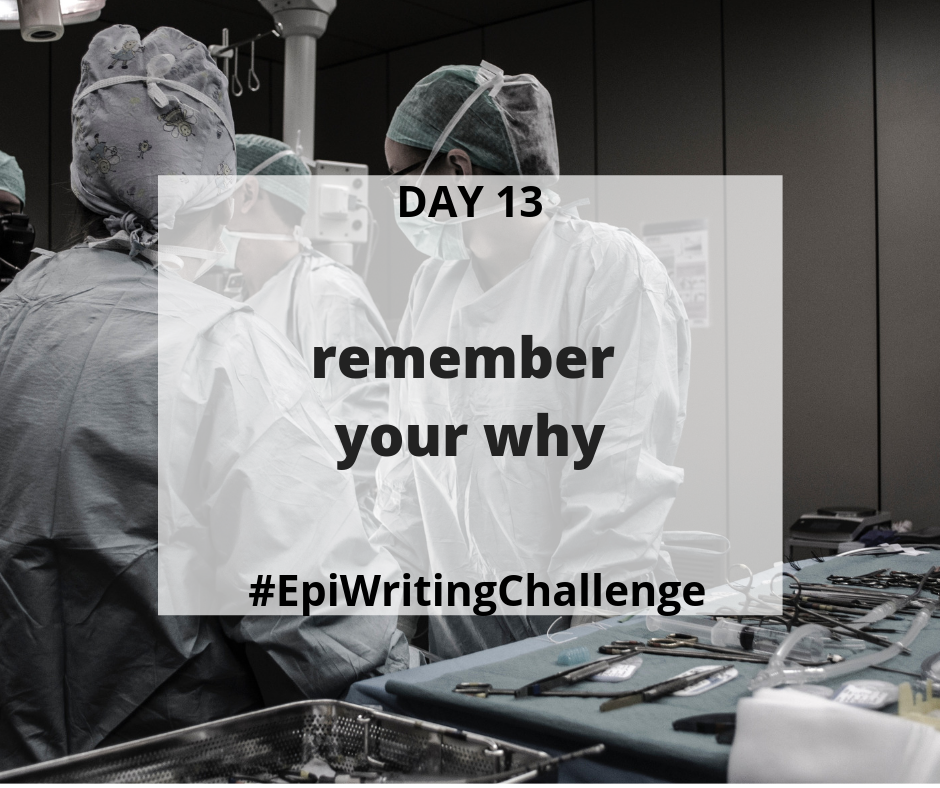
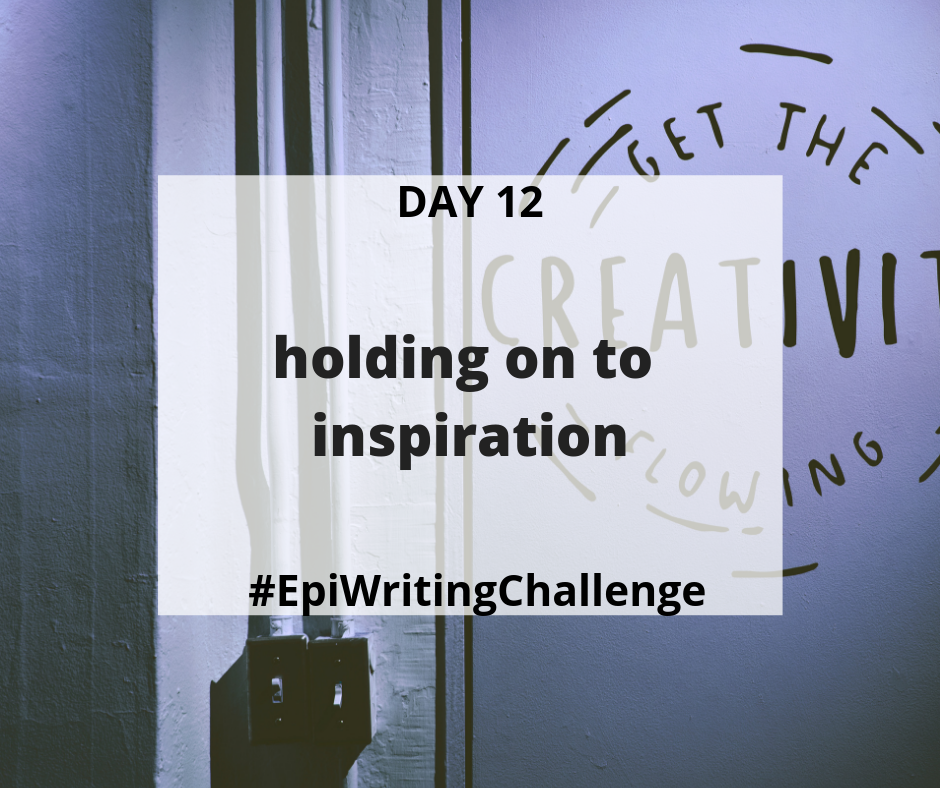
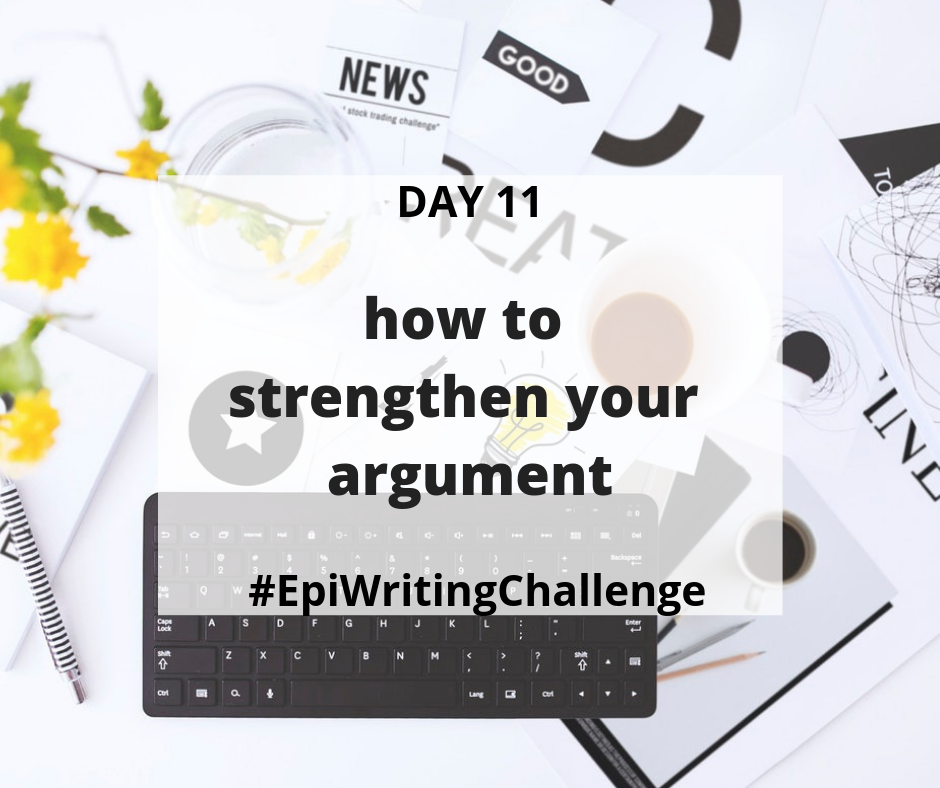
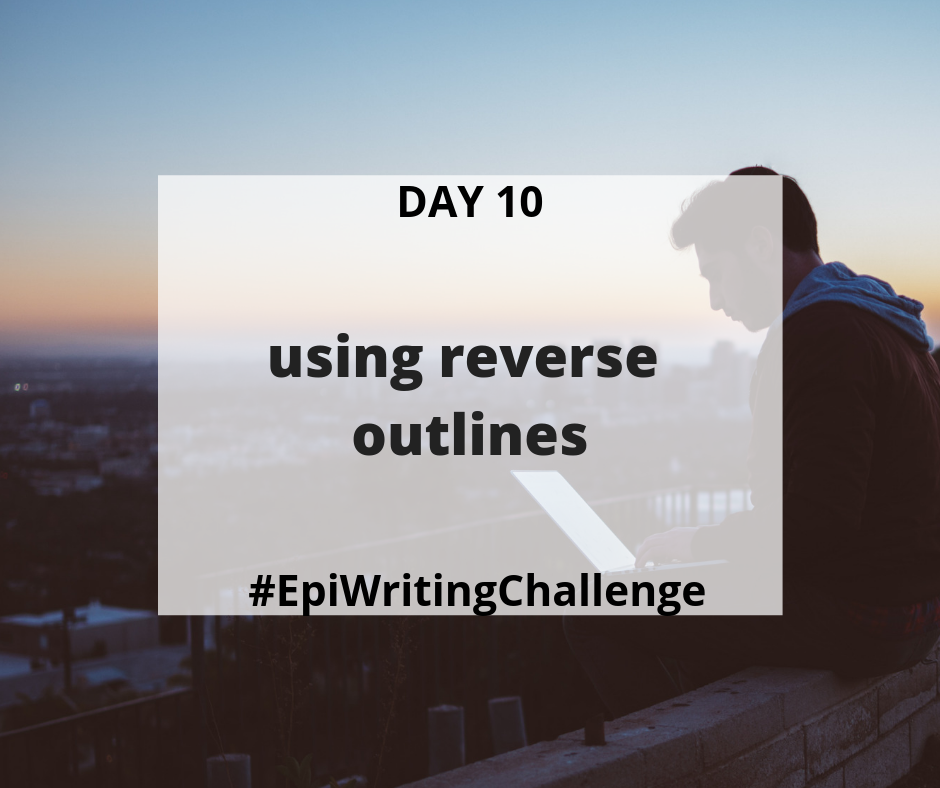

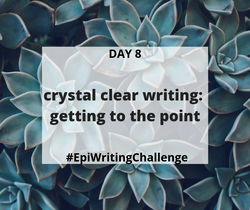
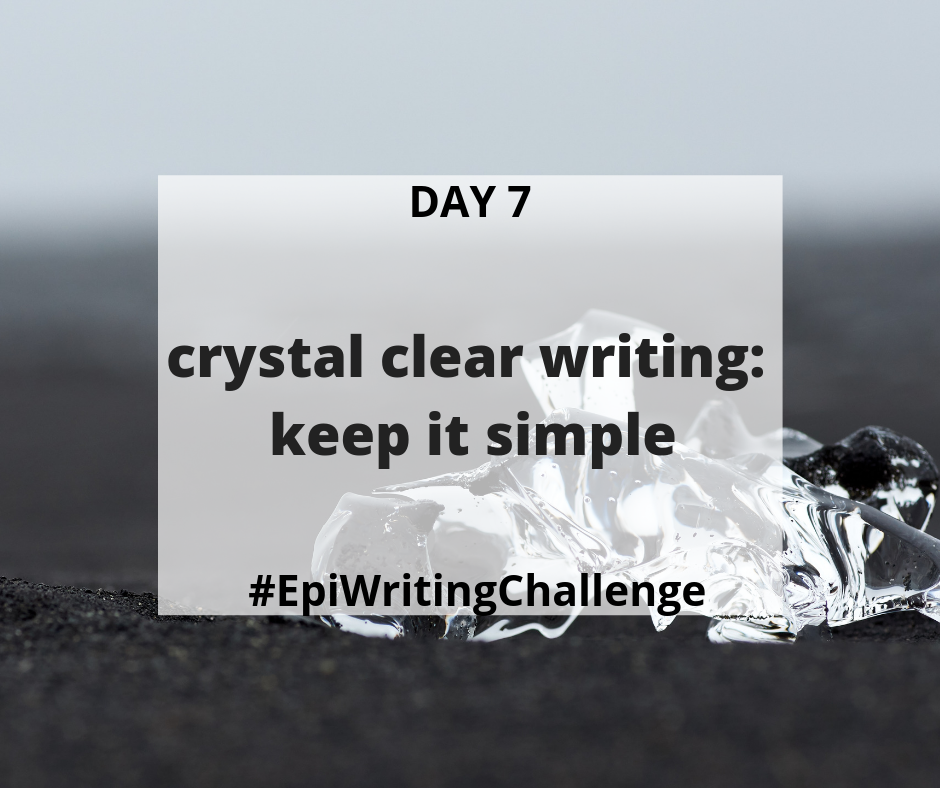
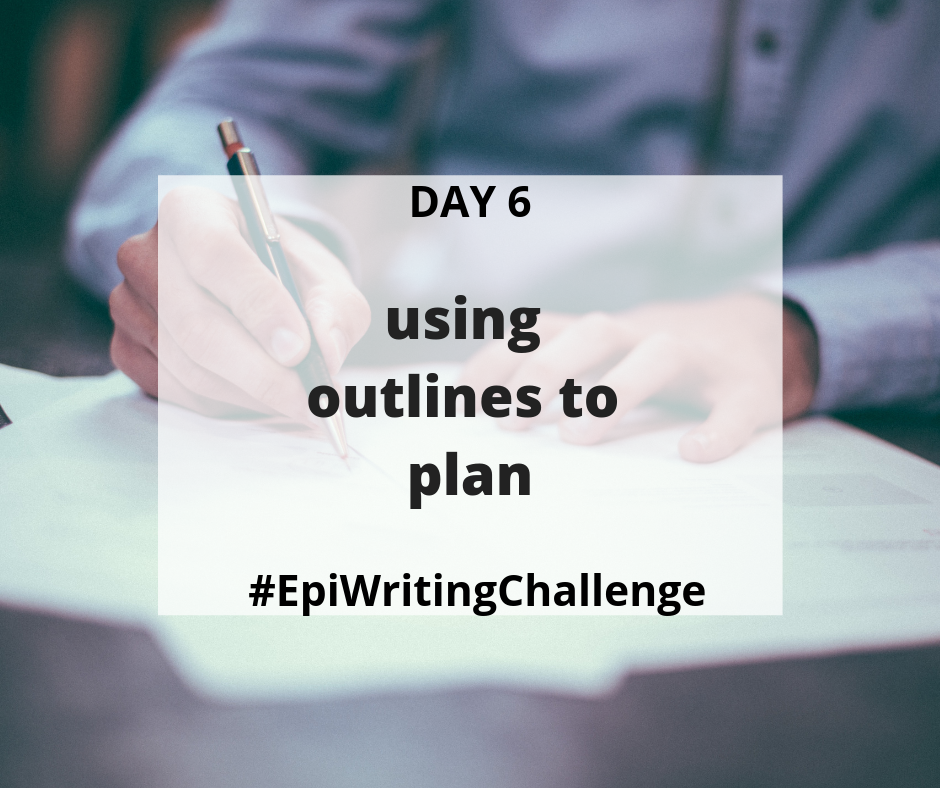
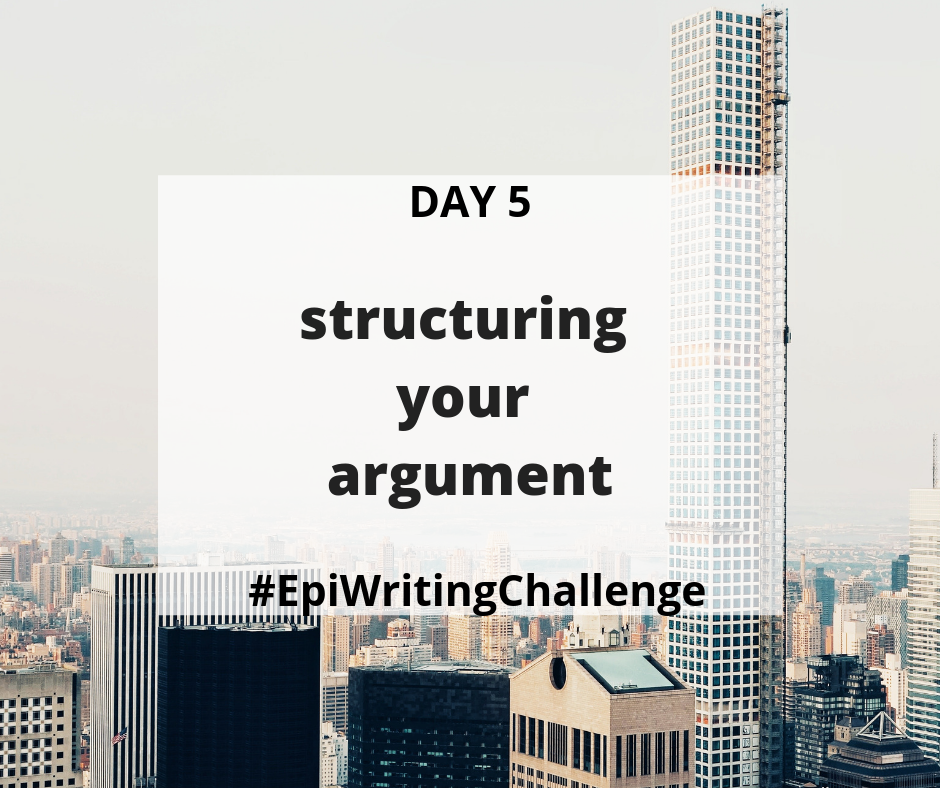

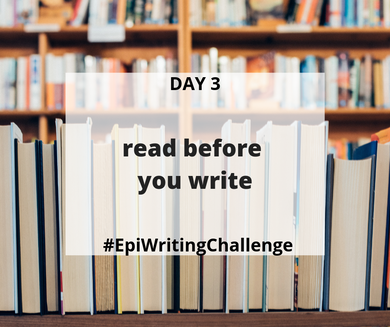
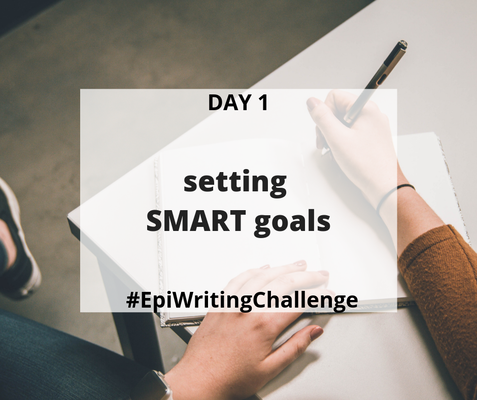
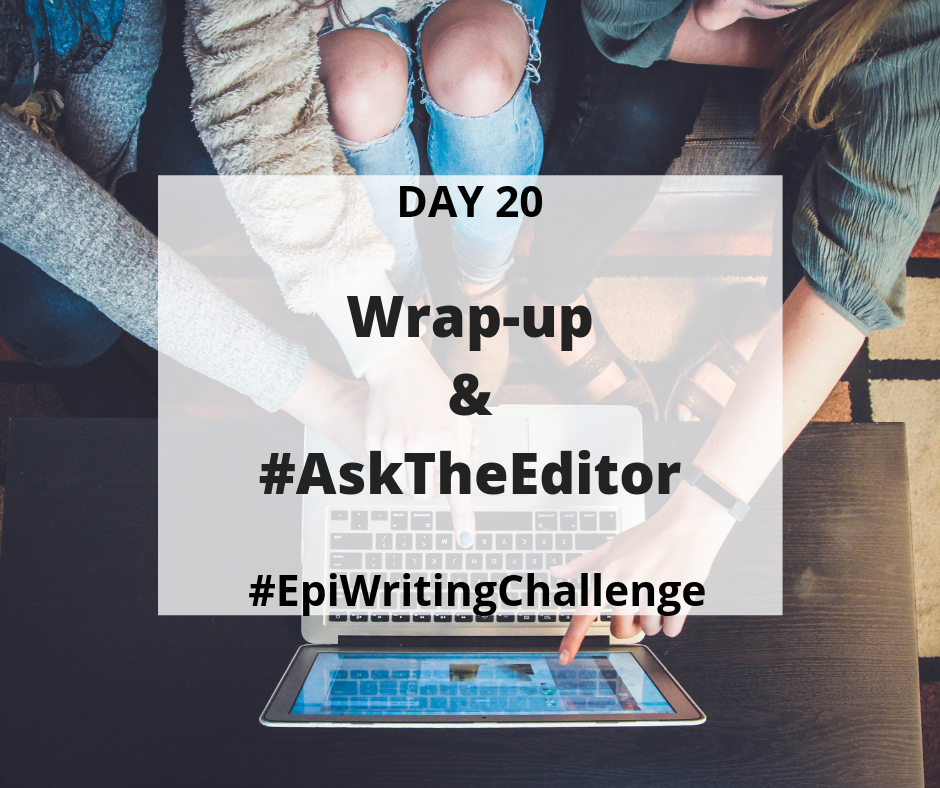
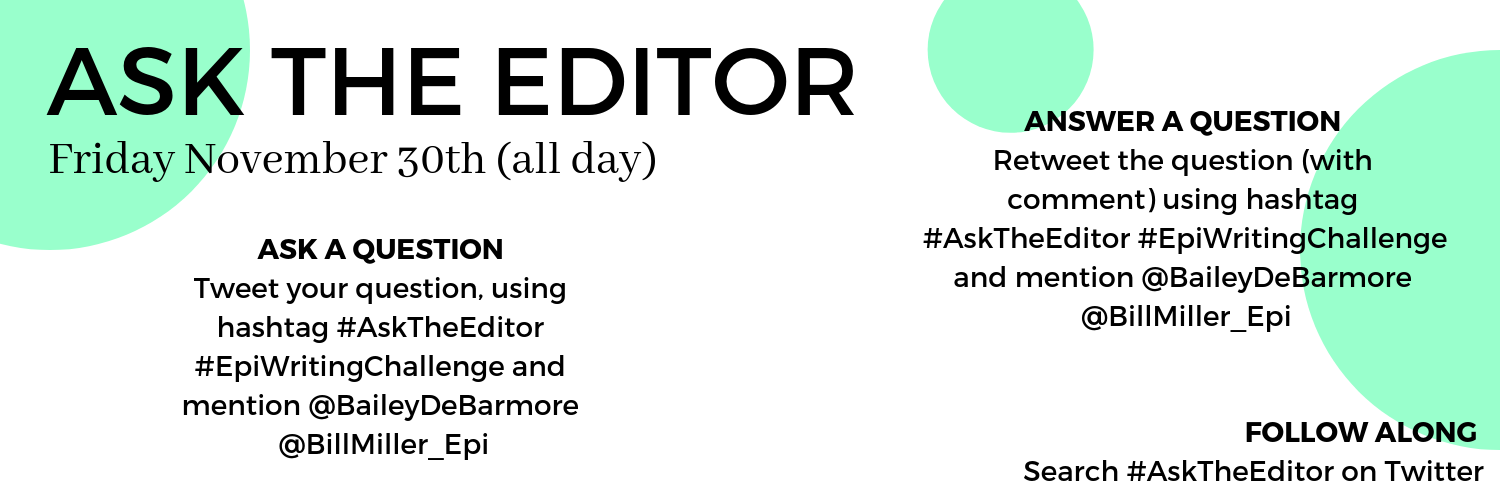
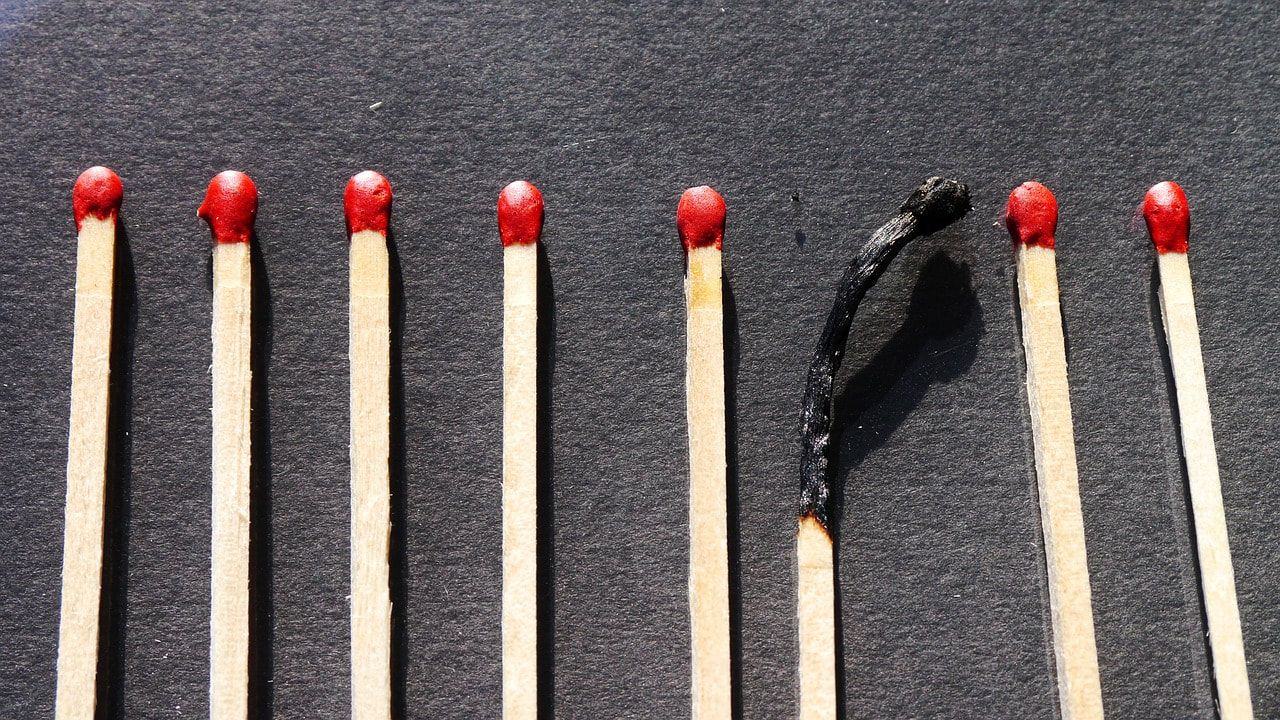



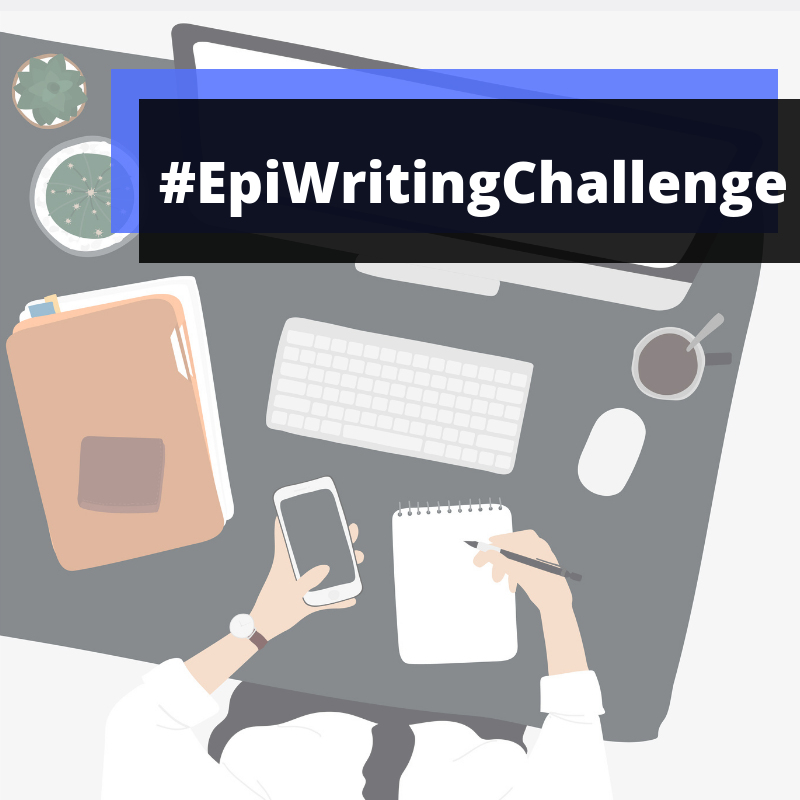

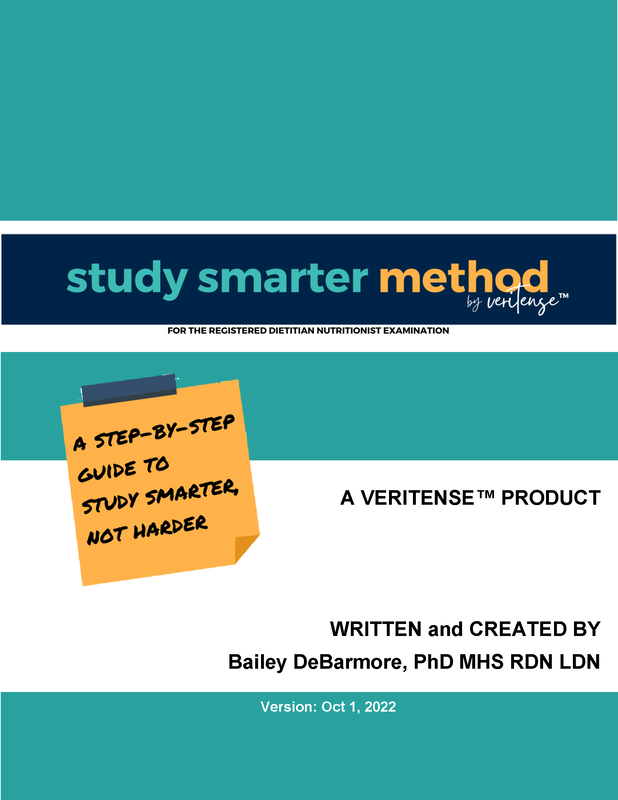

 RSS Feed
RSS Feed